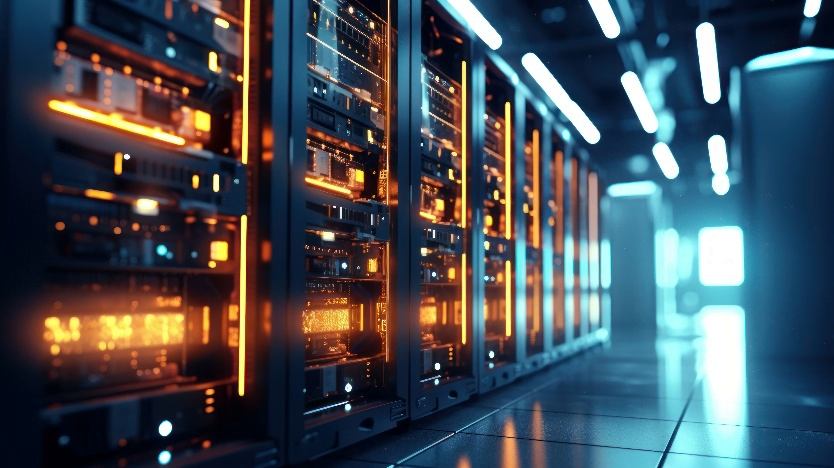How to Fix “DNS Server Not Responding” Error

We’ve all encountered DNS errors before. Sometimes they appear as minor errors when attempting to search for a specific web page.
Other times, they appear to web developers, designers, and WordPress site owners as more serious problems.
While DNS Server Errors are common, they can cause a drop in net site traffic and impact site performance if left too long.
Our experts at Knownhost have many ways to solve DNS issues. The most common ones will be listed below.

What Is The “DNS Server Not Responding” Error?
Before understanding how to fix this error, it’s important to understand what a DNS server error is.
A DNS (Domain Name System) is responsible for translating domain names into corresponding IP addresses. Think of it like a phonebook for the internet, converting domain names into machine-readable IP addresses.
When a DNS server error occurs, it means that the DNS server cannot fulfill the requested domain name resolution.
This can result in various issues, like the inability to access websites, email problems, or difficulties connecting to online services.
For a more in-depth look at DNS Server Systems, why not take a look at our expert guide?
Common DNS Error Causes
Common DNS error causes include:
- DNS Server Issues: Problems with the DNS server itself — like server downtime, misconfiguration, or overload — can result in DNS errors. If the DNS server is not functioning properly, it may be unable to resolve domain names.
- Network Connectivity Issues: Issues with the network connection, like a weak or intermittent connection, can disrupt the communication between the device and the DNS server, leading to DNS errors. This typically occurs during network outages, hardware failures, or interference.
- DNS Cache Issues: DNS cache stores previously resolved domain name and IP address mappings to improve efficiency. However, if the cache becomes outdated, corrupted, or contains incorrect entries, it can result in DNS errors.
- Incorrect DNS Server Settings: If the DNS server addresses are misconfigured on the device or network settings, it can lead to DNS errors. This may occur due to errors when manually entering addresses or when using incorrect DNS server addresses.
- Firewall/antivirus Software Restrictions: Firewall or antivirus software can sometimes impose restrictions on DNS requests, blocking or interfering with the communication between a device and the DNS server. Adjusting the firewall or antivirus settings may be necessary to resolve DNS errors.
- Misconfigured Network Adapters: Network adapters on devices may have incorrect configuration settings, like incorrect IP settings or DNS server addresses. These misconfigurations can cause DNS errors when trying to connect to websites or other online services.
For more information on DNS Server Errors, why not check out our guide on DNS records, as well as all the other guides on Knownhost’s knowledge base.
Dedicated Hosting with KnownHost
If time and efficiency is an important factor in the daily running of a website, it may be preferable to pay for a dedicated hosting service.
KnownHost offers fullymanaged dedicated servers with customizable configurations. Their servers are built-to-order and provide reliable performance for demanding workloads.
With KnownHost’s dedicated servers, you can effectively address DNS issues and ensure smooth and efficient domain name resolution for your websites and applications.
GET STARTED NOW
How To Fix The ‘DNS Server Not Responding’ Error
Below are several possible solutions to the ‘DNS Server Not Responding’ Error:
Budget Dedicated Servers with Knownhost
KnownHost’s Budget Dedicated Servers offer an affordable solution for companies on a budget.
With legacy hardware at discounted prices, these servers are perfect for personal projects, development servers, or test benches.
Get the resources you need without breaking the bank and ensure reliable performance for your business at a fraction of the cost.
GET STARTED NOW
Frequently Asked Questions (FAQs)
Q: Is It Safe to Reset DNS?
A: Resetting DNS is safe and often helps resolve common network issues. It clears the DNS cache and resets any misconfigurations. However, make sure you have a backup of any custom DNS settings, and be aware that resetting DNS may temporarily interrupt internet connectivity until the DNS cache rebuilds.
Q: How Do I Check If My DNS Is Working Properly?
A: To check if your DNS is working properly, you can perform a DNS lookup. Use the “nslookup” command in the command prompt or terminal on Windows and enter a domain name. If you receive a valid IP address in the response, your DNS is functioning correctly.
Equally, you can use any DNS testing website if you’re struggling with any command prompts.Q: How Do I Unblock a DNS Server?
A: If you are experiencing issues with a blocked DNS server, there are a few steps you can take to resolve the problem. First, check your firewall settings to make sure that port 53 — which is used for DNS — is not blocked. Additionally, verify that your network configuration does not have any restrictions or filters that could be blocking the DNS server.
If necessary, consult your network administrator or internet service provider for assistance in unblocking the DNS server. Finally, try restarting your router and devices to refresh the network connections, as this can often help resolve connectivity issues.



